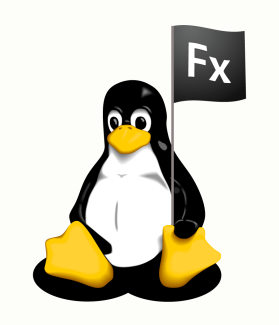What is a Rich Internet Application?
The more software experiences become like the natural world the more users are pleased with those experiences. One of the most powerful, understandable, and universal concepts in computing is the idea of a desktop containing files and folders. Users embraced this metaphor in their software because it modeled their natural world experience.
There is a paradigm shift underway. In this shift, developers are creating user interfaces which more closely model the natural world. Since 2002, the term used to describe these types of software applications is “Rich Internet Applications”, or RIAs. Technologies like Ajax, Flex, Silverlight, Adobe AIR, and JavaFX are growing in popularity as this shift to RIAs gains momentum.
